Unveiling the Complexity of Solid State Relay Kits
By using a low voltage control signal, a solid state relay kit enables you to activate or deactivate a circuit in no time. Unlike traditional mechanical relays which features moving parts, this electronic device does not require any such components and can easily switch the circuit instantly.
What are the Benefits of a Solid State Relay Kit?
Choosing a solid state relay kit can be a great way to manage a high-powered circuit using a low-voltage control. In addition to efficiency, these reliable components provide superior levels of accuracy and security, making them an excellent choice for precision applications.
Compared to an old-fashioned mechanical relay, if you need to switch a circuit on or off in the blink of an eye, then the best option is to use a solid state relay. Such a device is capable of switching a circuit at a rate of nanoseconds – several orders of magnitude faster than an average mechanical relay.
What can you gain by investing in a reliable solid state relay kit? From better control to higher performance, these kits provide a myriad of advantages. By cutting down on operational noise and providing a more consistent power supply, these kits are ideal for frequent applications. In addition, these kits are resistant to interference, shock, and vibration, making them suitable for demanding industrial operations. Furthermore, they have a long lifespan, so you can be assured of acquiring an excellent return on your purchase.
Packing a punch with higher voltage and current capacity than a regular mechanical relay, a solid state relay kit offers several advantageous benefits.
Compared to mechanical relays, solid state relays have an added advantage of increased sturdiness and dependability. Their durability enables them to handle fluctuating external circumstances, including wear and strife, shock plus vibration, gracefully.
Thanks to their diminutive stature, solid state relays offer the perfect solution when there is limited room for installation.
There is certainly something to be said about the downside of using a solid-state relay kit. While this type of device offers several benefits, such as a fast switching time and flexibility for custom applications, the fact remains that it also carries certain drawbacks. These include concerns about current ratings and spikes, the presence of heat dissipated into the system, the potential for noise production, and a limitation on certain applications. In essence, solid-state relay kits offer both advantages and disadvantages which need to be weighed before making a decision.
Compared to mechanical relays, solid state relay kits are known to carry a heftier price tag, making the purchase of them a potential issue.
The need for a heat sink to manage the generated heat of solid state relays makes them expensive and difficult to incorporate into any application.
All in all, there are certain situations when solid state relays are not effective and thus, should be avoided. For example, when a load requires separation from the controlling signal, these relays cannot be used.
What to Consider When Selecting a Solid State Relay Kit?
When pondering a quality solid state relay package, think about the voltage and current parameters it must cover. Confirm that the relay will have the capacitance to handle the voltage and current of your project.
Should the speed of switching be a factor in your evaluation, make sure you obtain a relay with the capacity to switch rapidly.
In terms of the measurement of the relay, if you are cramped for space, take a gander at models that have a more petite form-factor.
Solid State Relay Kits: An Overview of Their Applications – High-Powered Circuit Control with Low-Voltage Commands – Quick and Easy Circuit Switching – Rugged and Dependable Circuit Management – Space-Efficient Solutions
Post time: 2023-06-29
Related Product
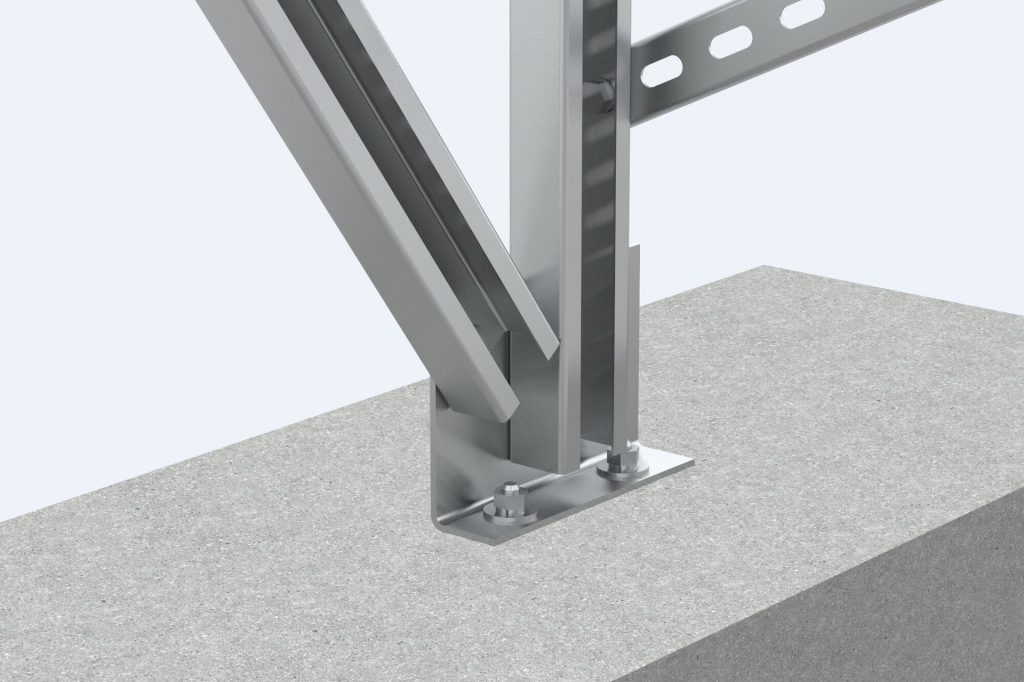
Flat roof photovoltaic support
Flat roof photovoltaic support Analysis of installation and construction problems of flat roof photovoltaic power station The external roof system on the roo […]
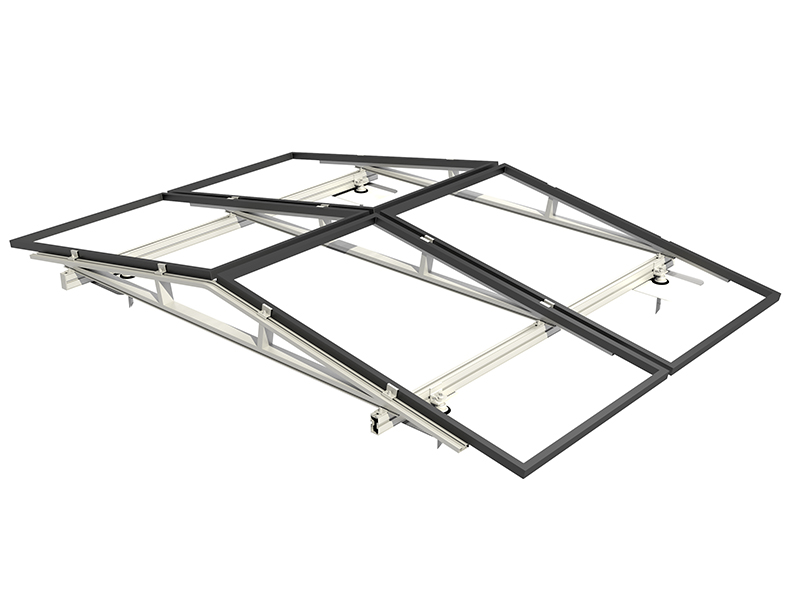
Inclined roof photovoltaic support
V support system for inclined roof The inclined roof installation system is suitable for all kinds of inclined roofs. According to the roof bearing capacity and waterproof requirem […]

Solar panel
PV Kits for fields, flat and pitched roofs The kit using photovoltaic support system is critical to photovoltaic support, including wind calculation speed, order picking speed and […]
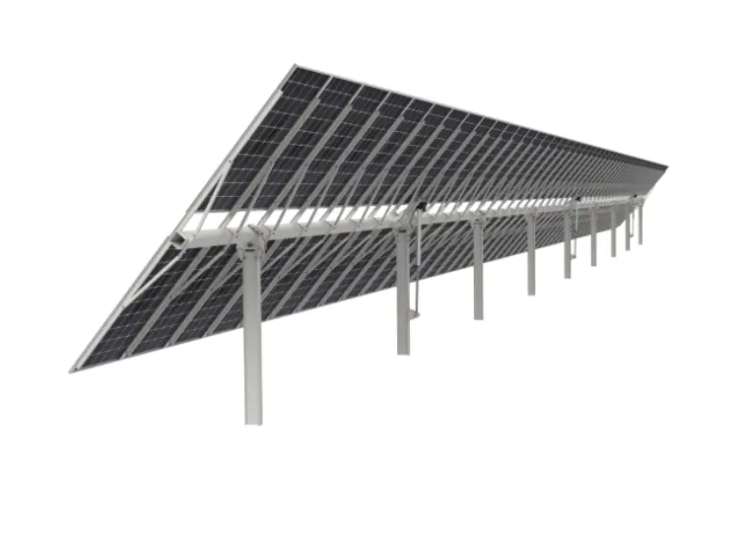
PV bracket tracking system
Ground tracking photovoltaic support Fully adapt to 210 major components The product has been tested in CPP wind tunnel Use AI algorithm to optimize tracking mode Irregular land is […]
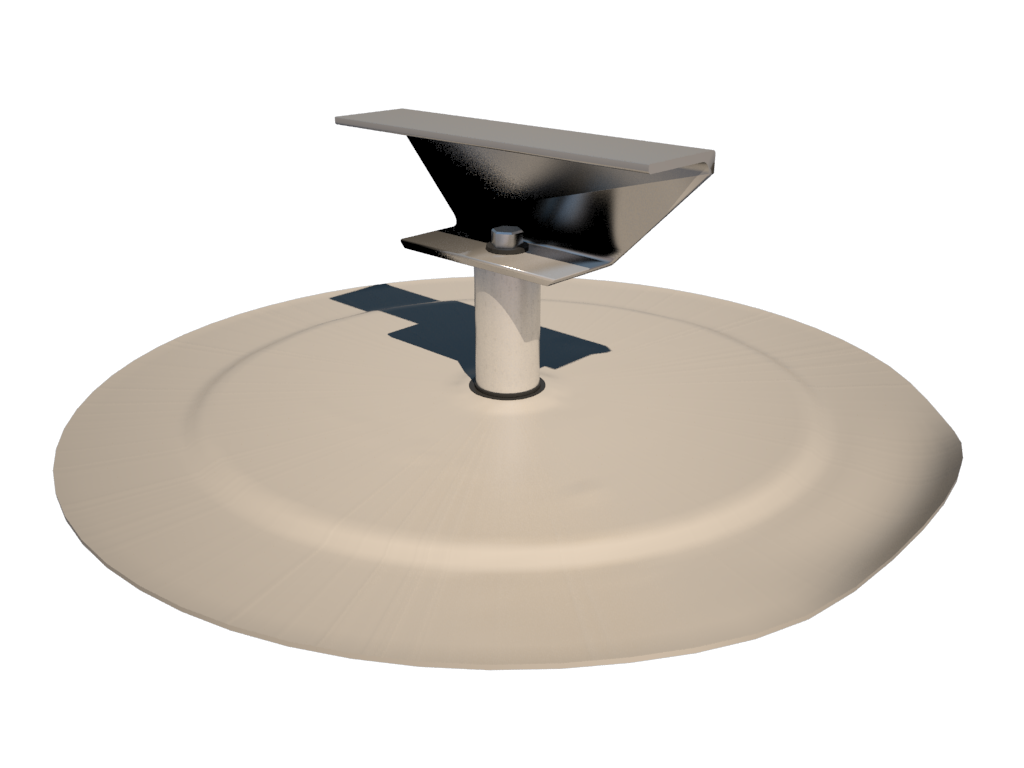
PV bridge support
Features of PV bridge support products: Strong resistance to negative wind pressure, good stability, strong bearing capacity and strong lateral tensile capacity; Easy and fast ins […]
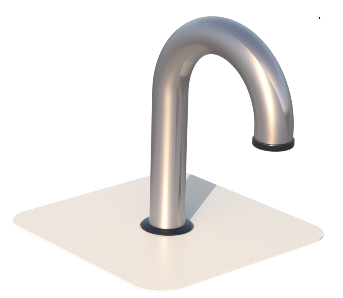
PV support KITS
What is Cable conduit? A metal protective tube with certain mechanical strength laid on the outer layer of the cable to prevent the cable from being damaged Cable threading […]
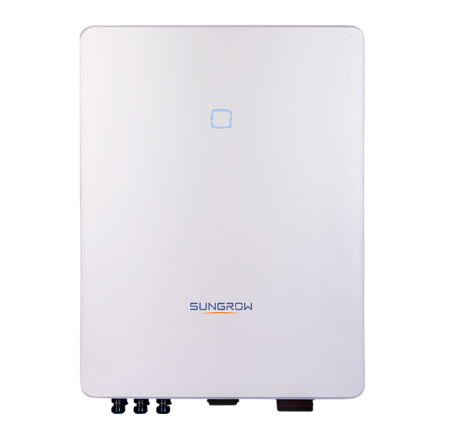
PV inverter
PV inverter (PV inverter or solar inverter) can convert variable DC voltage generated by photovoltaic (PV) solar panel into AC inverter of mains frequency, which can be fed back to […]
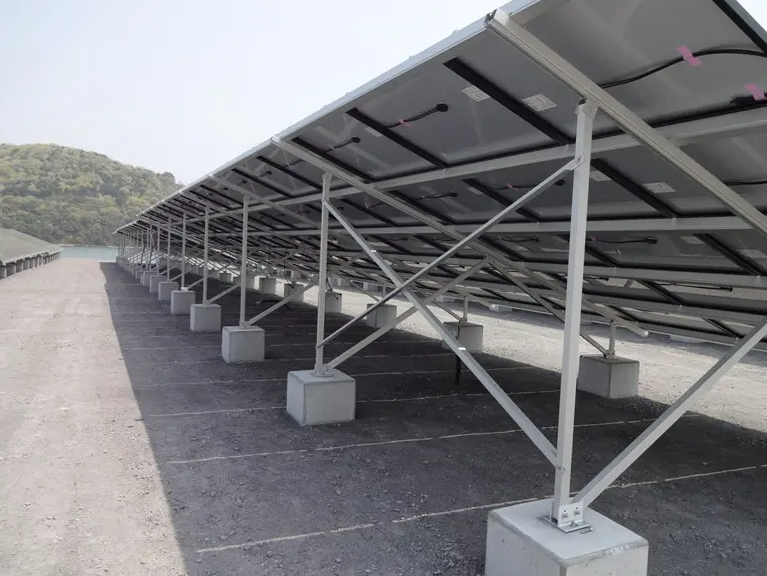
GROUND MOUNT PV Support
Placement position Ground Applicable component type Framed or frameless solar panels of various sizes Raw materials of support aluminium alloy Installation angle According t […]
